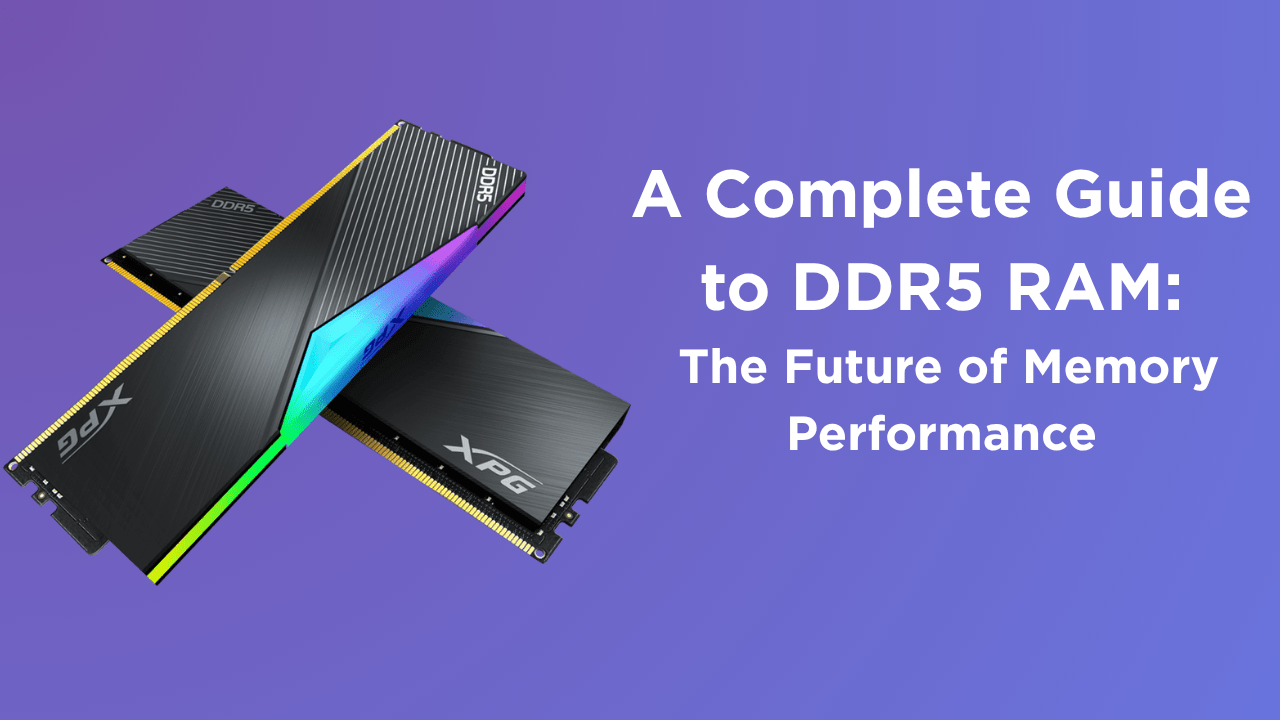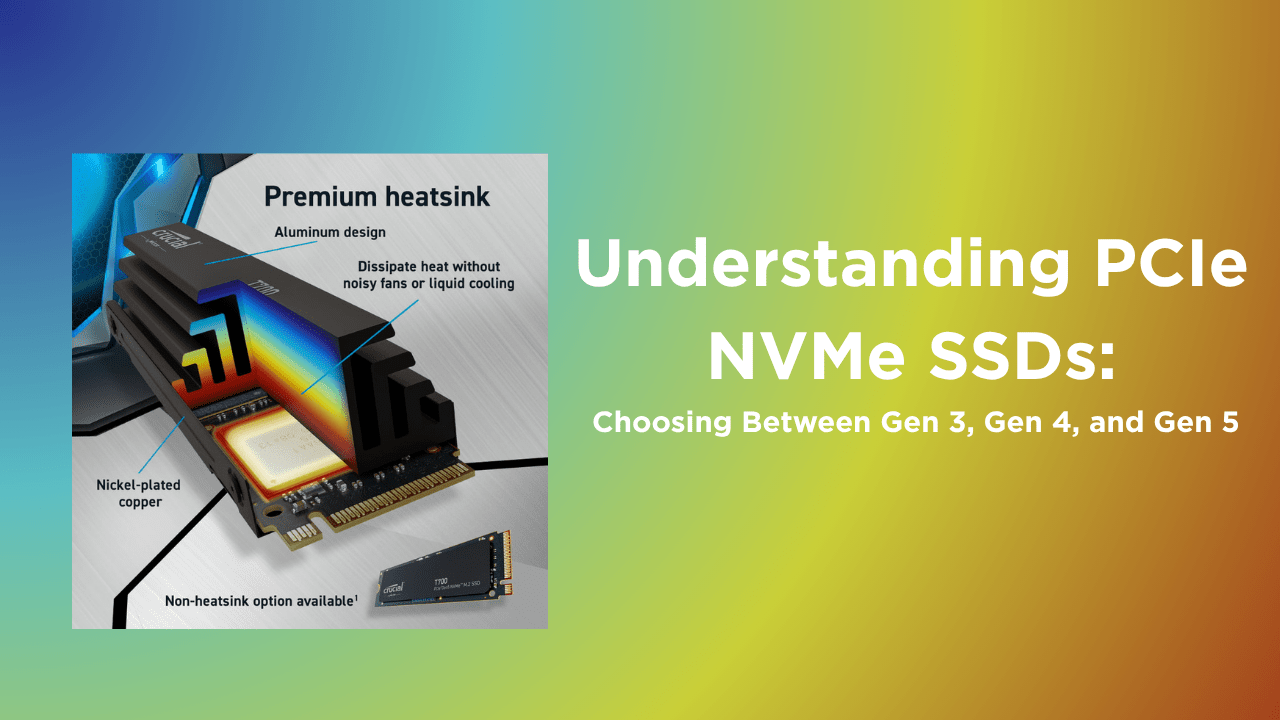DDR5 is the latest generation of computer memory, designed to replace DDR4 with significant improvements in speed, efficiency, and capacity. Since its introduction in 2020, DDR5 has become the standard for modern PCs, supporting the needs of powerful multi-core processors and demanding applications. Its faster data transfer rates and advanced architecture make it ideal for gaming, creative workloads, and professional use.
One of the biggest advantages of DDR5 over DDR4 is its higher speed. Where DDR4 often peaked at around 3200MHz, DDR5 starts at 4800MHz and can reach even higher speeds with premium modules or overclocking. This means faster load times, better responsiveness, and smoother multitasking. Whether you are running intensive software or playing the latest games, DDR5 delivers noticeable performance gains.
DDR5 also introduces smarter power management. Instead of relying on the motherboard to regulate power, each DDR5 module has its own integrated power controller. This allows cleaner, more efficient power delivery, which improves stability and helps maintain performance at higher speeds.
The internal design of DDR5 has also evolved. Each module is divided into two 32-bit memory channels instead of a single 64-bit channel. This change improves data handling and makes high-frequency operation more efficient. DDR5 also features built-in error correction that detects and fixes minor errors on the fly, improving reliability in both everyday and professional environments.
Capacity is another area where DDR5 shines. With much higher density support, individual sticks can now reach up to 128GB each, making it possible to equip systems with massive amounts of memory. This is especially useful for servers, virtual machines, video editing, and other memory-heavy tasks.
Despite its higher performance, DDR5 is more energy efficient than its predecessor. It runs at a lower default voltage while still delivering superior speed, which means less heat and lower power consumption in day-to-day use.
For enthusiasts and gamers, DDR5 also works seamlessly with Intel XMP 3.0 and AMD EXPO profiles, making it easy to enable higher speeds without complicated manual tuning. Speeds of 6000MHz and beyond are now achievable even for casual users.
Although DDR5 does have slightly higher latency than DDR4 in some scenarios, its much faster overall speed more than makes up for it. Real-world performance is consistently better, making it the obvious choice for new systems.
DDR5 is now supported on all current AMD and Intel platforms, while DDR4 is mostly limited to older hardware. If you are building or upgrading a PC today, choosing DDR5 ensures you are ready for the future and getting the most out of your investment.
In short, DDR5 represents a clear step forward in memory technology. It combines higher speeds, improved efficiency, greater capacity, and smarter design, making it the best choice for anyone looking to build a modern and high-performance computer.



